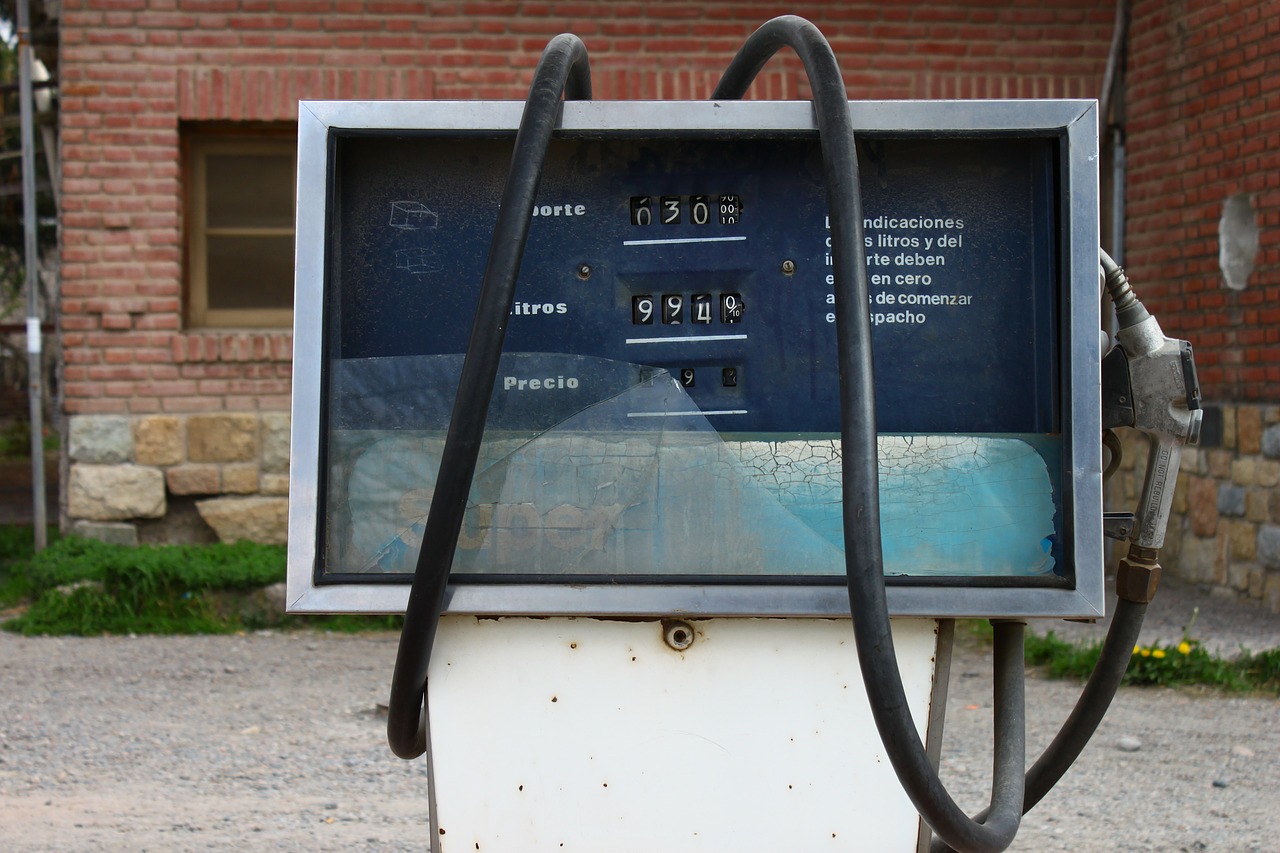Kerosene, also known as paraffin, is a liquid hydrocarbon used for centuries as a fuel and light source. It is derived from petroleum and was first discovered in the 1850s. In the years that followed, kerosene became a popular and widely used fuel, particularly for lighting and heating purposes.
The first kerosene lamps were invented in the early 1850s by a Canadian physician named Abraham Gesner. Before this, people had relied on tallow candles and whale oil lamps for lighting, but these sources were expensive and not very efficient. Gesner’s kerosene lamps were a major improvement, as they provided brighter, longer-lasting light at a much lower cost.
In the late 1800s, kerosene heaters were also developed. These heaters used kerosene as a fuel to generate heat, and were particularly popular in areas where natural gas was unavailable. Kerosene heaters were portable, easy to use, and provided a reliable heat source in homes and other buildings.
Kerosene has several advantages as a fuel. It is relatively inexpensive, easy to store and transport, and burns cleanly, producing minimal soot and other pollutants. These qualities have made it a popular choice for various applications, including lighting, heating, and even cooking.
One of the most significant developments in the history of kerosene was the creation of the kerosene stove. In the early 1900s, a Danish engineer named Georg Blaisdell invented the first portable kerosene stove. This stove, known as the “Perfection Stove,” was lightweight, easy to use, and could be easily transported. It quickly became popular with travelers, allowing them to cook their own food while on the road.

Kerosene
Kerosene stoves have come a long way since the days of the Perfection Stove. Today, there are a wide range of kerosene stoves available, ranging from small, portable stoves that are perfect for camping, to larger, more powerful stoves that are suitable for use in homes and other buildings. Many of these stoves are equipped with adjustable flame control and automatic shut-off features, making them even more convenient and safe to use.
Kerosene heaters have also evolved over the years. Modern kerosene heaters are more efficient and environmentally friendly than their predecessors, thanks to advances in technology and design. Many kerosene heaters now use a wickless design, which allows them to burn cleaner and more efficiently. They are also equipped with a variety of safety features, such as automatic shut-off and tip-over protection, which make them safer to use.
Despite the many advances that have been made in the use of kerosene as a fuel, it still has its drawbacks. One of the biggest concerns with kerosene is the risk of fire. If not used properly, kerosene heaters and stoves can be a fire hazard. It is important always to follow the manufacturer’s instructions when using any kerosene-powered appliance and to take precautions such as keeping flammable materials away from the appliance.
Another concern with kerosene is its impact on the environment. While it burns relatively cleanly compared to other fossil fuels, it is still a non-renewable resource and its use does contribute to greenhouse gas emissions. In recent years, there has been a push towards the use of more sustainable and renewable energy sources, such as solar and wind power.
Despite these concerns, kerosene remains an important fuel source, particularly in developing countries where access to electricity and other forms of energy may be limited. It is also still widely used in emergency situations, such as power outages, where it can provide a reliable source of light and heat.
In recent years, kerosene has faced competition from other fuels, such as propane and natural gas. These fuels are often considered to be more convenient and easier to use, as they can be easily transported and stored in tanks. However, kerosene still has its advantages, particularly in terms of cost and availability. It is often less expensive than other fuels, and can be easily purchased at gas stations and other retailers.
Overall, the history of kerosene is a long and varied one. From its discovery in the 1850s to its widespread use in lighting, heating, and cooking today, kerosene has played a significant role in the development of modern society. While it may have its drawbacks, it remains a useful and important fuel source that will likely continue to be used for many years.




